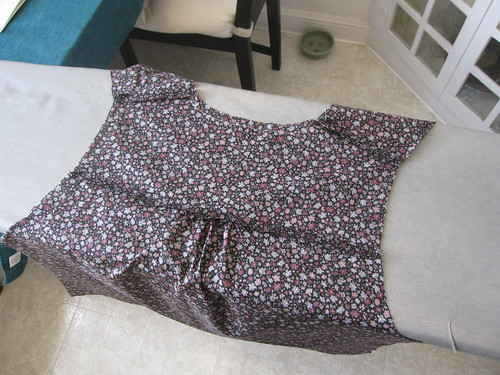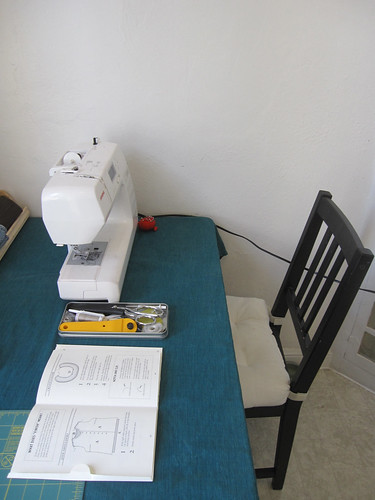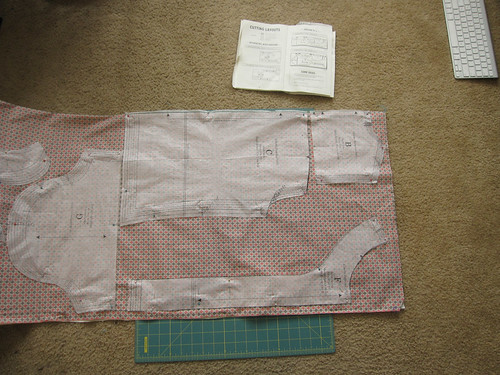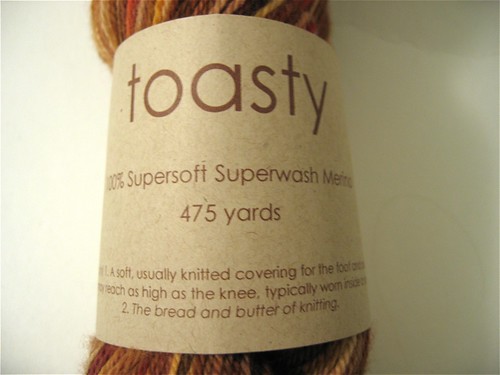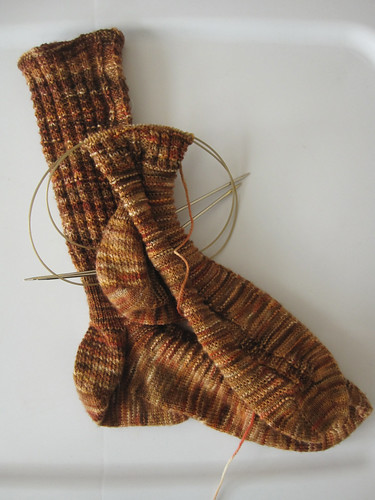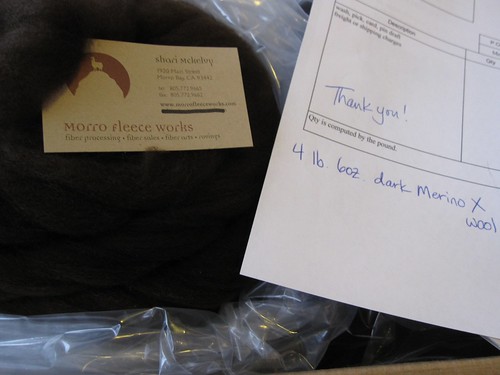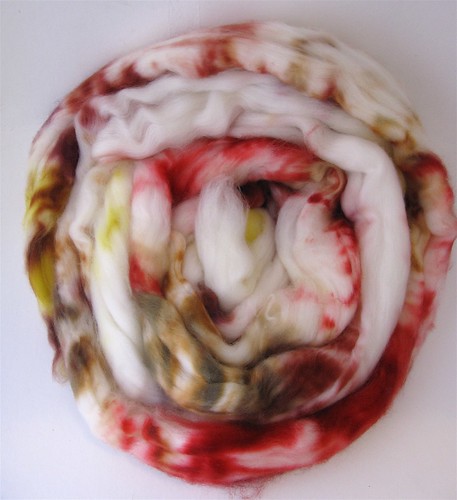I usually try to keep it to crafty stuff on the blog, because talking about the starry part of my blog/Ravelry name sometimes feels a bit too much like my day job. However, I'm making an exception because the semester ended two weeks ago and this event is so special it's worth writing about.
Tomorrow afternoon the planet Venus will be nearly perfectly lined up with the Sun and Earth, and we'll be able to watch Venus "transit", or cross in front of the Sun from our vantage point on Earth. It's like a mini-eclipse, except that Venus will only cover up a tiny portion of the Sun's surface. This is a very rare occurrence, for several reasons:
1. Earth and Venus are tiny. To scale, if we made the Sun about the size of a large grapefuit, Venus and Earth would be the size of poppy seeds. Picture that in your mind for a second.
2. Earth, Venus, and the Sun are all very far apart. They call it "space" for a reason: it's mostly empty! In our poppy-seeds-and-grapefuit model, Venus and Earth would be about 35 feet and 40 feet away from the Sun, respectively. Even though Venus is at its closest approach to Earth, it will look like a smallish black spot on the Sun tomorrow, only covering up about 0.1% of the surface area of the Sun.
3. The orbit of Earth and the orbit of Venus are not in the exact same plane. Another way to say this is that their orbits are tilted relative to one another. If you think about those two poppy seeds, you can imagine how even a very small difference in the orbital planes means that most of the time, Venus is NOT transiting the Sun even when it's at its closest approach to Earth.
Okay, so how rare are we talking here? Well, the last transit of Venus happened in 2004. That doesn't sound too bad, right? Only eight years of waiting. If it's cloudy, no big deal. I'll catch the next one. Except the next one doesn't happen until the year 2117. Read that again: I said 2117, not 2017. So unless you plan on living an additional 105 years, you won't be able to catch the next one. As I've been telling ALL of my students, friends, and family: this is LITERALLY a once-in-a-lifetime event.
Hopefully by this point I've convinced you that it's worth stepping out for ten minutes tomorrow afternoon to try and view the transit. If you're interested in doing so, I have a very important safety warning for you. (If this were a 1970's instructional video, I would be wearing a lab coat and would take a second to don my lab goggles right now). Please promise me that no matter what, you will NOT LOOK DIRECTLY AT THE SUN. Even if you have sunglasses, it's just not safe. Sunlight is very bright (especially at 3PM in early June in the northern hemisphere, but that's another science lesson for another day), and it will damage the rod and cone cells on your retina. The website
transitofvenus.org has some great information about safely viewing the transit. If you're in a pinch, take two sheets of paper and use a safety pin to poke a small hole in one sheet. Hold the sheets parallel to each other, using the pinhole to project an image of the Sun onto the other sheet.
You can play around with holding the sheets of paper closer together or farther apart, to get the best balance between a large enough image and a bright enough image. Just to be clear, you don't look through the pinhole, you look at the image of the Sun that will appear on the second sheet of paper.
Now that we've got the safety portion out of the way (takes off safetly goggles), let's talk timing. This transit has some historical significance in addition to being a rare event. As I said before, we had one transit in 2004, then this year's in 2012, and the next one is in 2117. This is the regular pattern of Venus transits: a pair separated by about 8 years, with pairs spaces about a century apart. Back in 1761 and 1769, astronomers were especially excited to observe and precisely time the two transits of Venus because they could use the information to measure exactly how far away the planets were from the Sun in our solar system. Up until then, we knew how far away everything was proportionally (for example, we knew that Jupiter was about 5 times further away from the Sun than Earth), but we didn't have an absolute measurement (number of miles/kilometers) for any of those distances. Despite people all over the world observing both transits in the 1760's, their timing wasn't accurate enough to calculate these distances. Science had to wait until the pair of transits in 1874 and 1882 (when photography of the phenomenon was possible) to determine the distance scale of the solar system. Sky and Telescope has published a
fascinating piece about two astronomers who stitched together the photographic plate negatives taken at California's own Lick Observatory in 1882 into a 30-second digital movie.
So when should you take your makeshift pinhole camera outside and view this once-in-a-lifetime event? Well, it depends on where you'll be on our little planet. Thankfully I've found a very good
transit-time-calculator that will tell you when you'll be able to see the transit. If you're in the SF Bay area, the transit begins shortly after 3PM and will still be going when the Sun sets. I'll be out in a campground, eating barbeque, knitting a pair of socks, and celebrating my 30th birthday.
